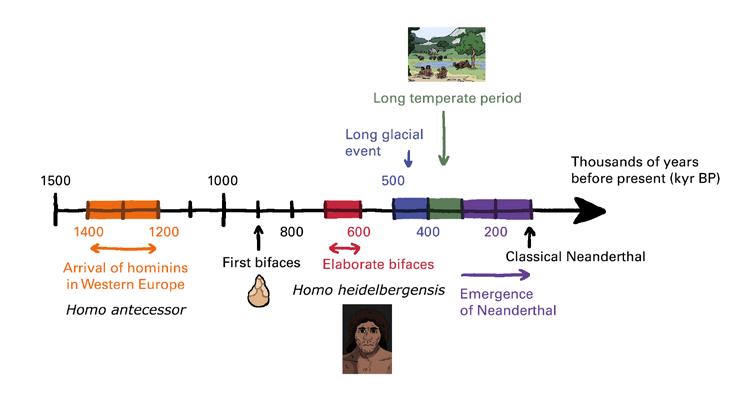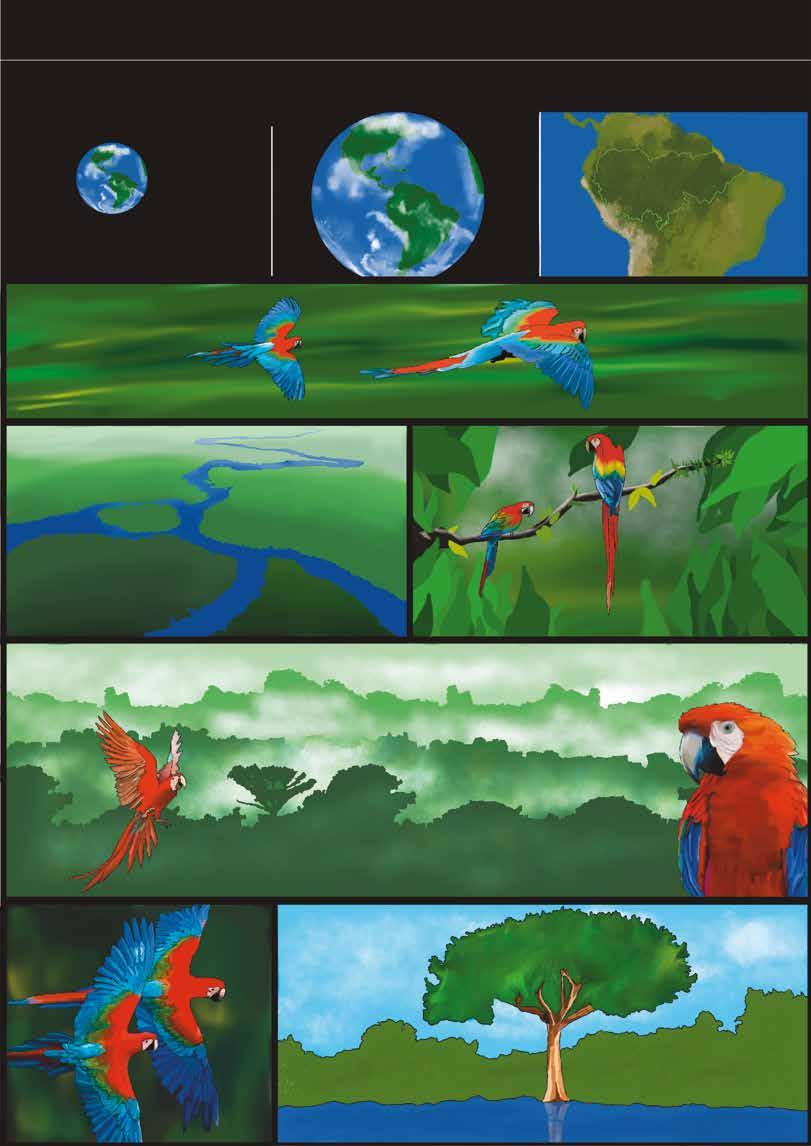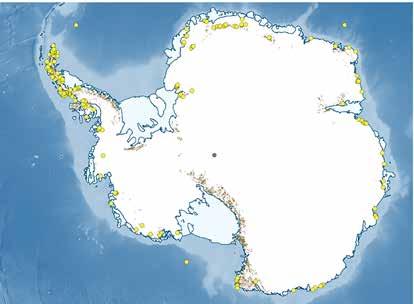doi.org/10.22498/pages.horiz.2.51
THE MYSTERY OF THE SHELLS IN THE RIVER BANK Angélica Ballesteros-Prada
H
i, nice to meet you! My name is Magnita. A few days ago, I was taking a walk along Samborombón Bay. It’s a beautiful place in Argentina (Fig. 1), there are many canals and rivers that empty into the Atlantic Ocean. When I was walking, I looked at the river bank, and something surprised me. In the sediment, I could see a line of marine shells. Wow! That was surprising because I wasn’t anywhere near the sea! I wondered: how did these shells get here? Do you know what could have happened? I had no idea.
When I got back home, I talked about this with my friend Maria. She’s a biologist, and she studies what Samborombón Bay was like in the past. She explained to me that Samborombón Bay is a great place to study the climate and the environment of the Quaternary* (period of time from about 2.5 million years ago to the present). The evolution of the bay is related to variations in sea level, particularly between 11,650 and 7,000 years before present (BP), a time period called the early Holocene.
Figure 1. The location of Samborombón Bay (red circle), where I saw a line of marine shells ( ) and a picture of these.
“It’s okay, don’t worry – I’ll explain everything.” Microfossils are small organisms that can live in the sediment or in the water (Fig. 2). They are smaller than a pinhead, so you can’t see them without magnification: you need a microscope. The most important thing is that these organisms are difficult to decompose, which means they can be preserved in the sediment for hundreds, even thousands, of years!
She told me about microfossils, too: how she uses them to do environmental reconstructions of the past, and how microfossils could help me solve this riddle. I had never heard about microfossils before – have you?
Figure 2. Look! In a few grams of sand, there are many microfossils, but these are so tiny that you need a microscope to see them.
Figure 3. Pictures of different microfossils taken with a scanning electron microscope. The smallest microfossils are called nanofossils, and charophytes are some of the biggest.
PAGES HORIZONS • VOLUME 2 • 2022
51














